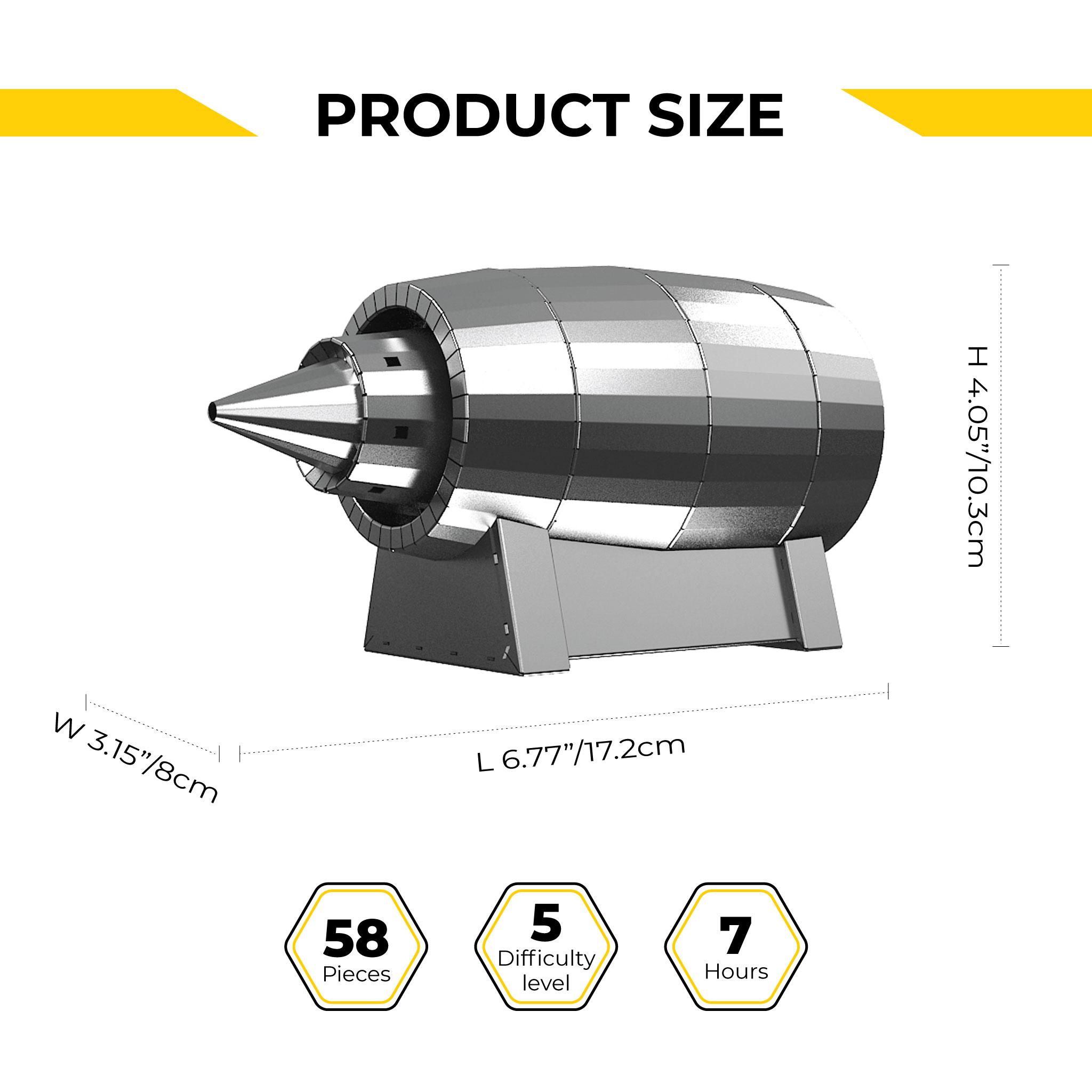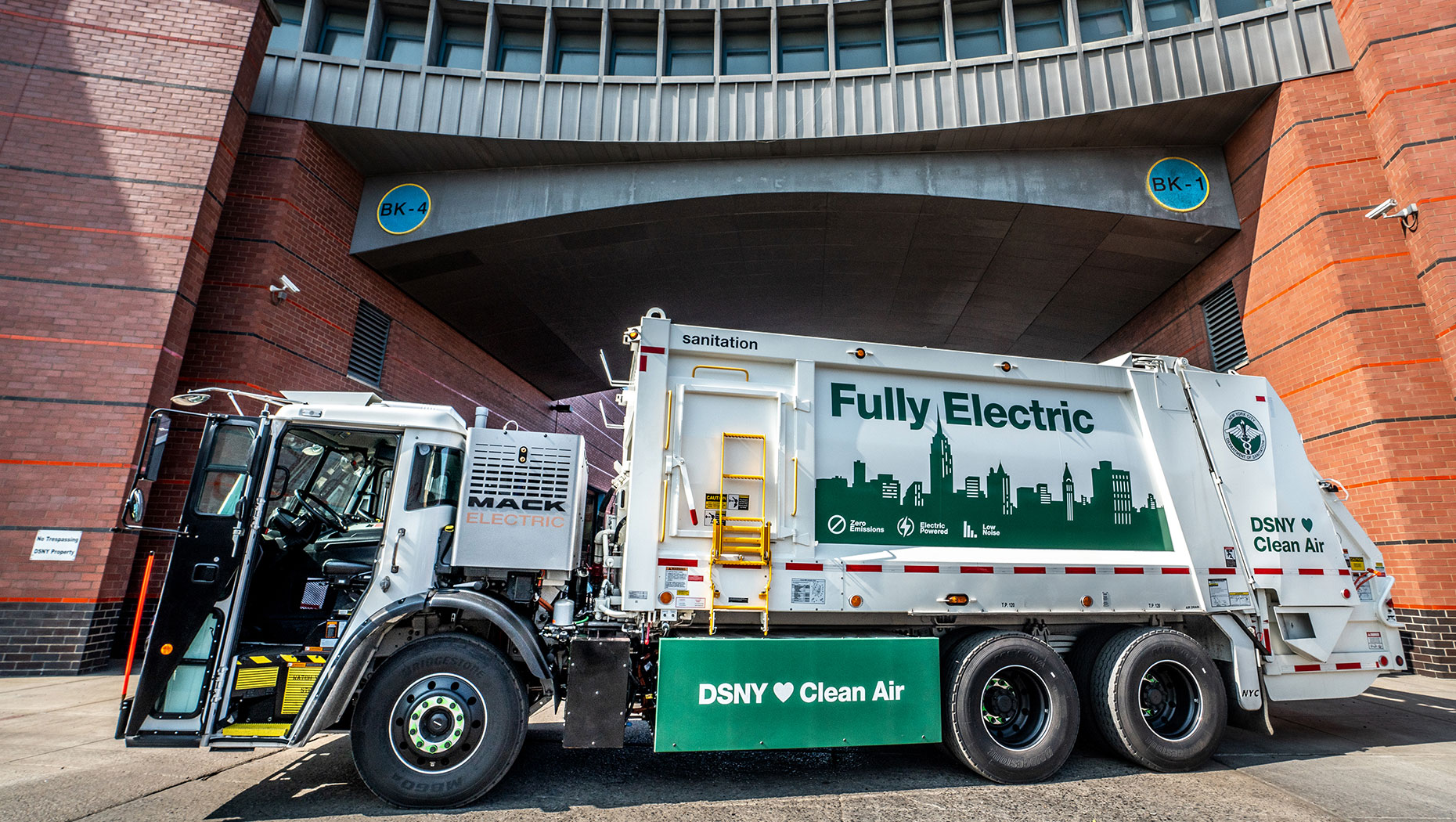Report on Gas Turbine Procurement Delays and Implications for Sustainable Development Goals
Introduction: Challenges to Energy Security and SDG 7
A critical challenge is emerging in the global energy sector that threatens the timely achievement of Sustainable Development Goal 7 (Affordable and Clean Energy). Utilities and developers worldwide are facing unprecedented delays in the procurement of natural gas-fired combustion turbines. Lead times have extended from a standard two-to-three years to five years or more, creating significant obstacles for grid planning and the energy transition. This report analyzes the causes of these delays, their impact on energy infrastructure, and strategic pathways to mitigate these challenges in alignment with global sustainability targets.
The Evolving Role of Gas Turbines in Supporting SDG 13
Gas turbines are fundamental to ensuring grid stability and flexibility, a role that has become increasingly vital in the context of SDG 13 (Climate Action). As the integration of intermittent renewable energy sources like solar and wind expands, gas turbines provide essential, dispatchable power to maintain a reliable supply. However, their operational profile has shifted from baseload power generation to frequent cycling, which introduces new material degradation mechanisms and complex maintenance requirements, further complicating long-term energy planning.
Analysis of Production and Supply Chain Bottlenecks
Causal Factors Impeding SDG 9 Progress
The production delays are not attributable to a single issue but rather a confluence of factors that challenge the principles of SDG 9 (Industry, Innovation, and Infrastructure). The primary constraints include:
- Supply Chain Disruptions: Persistent difficulties in sourcing specialty metals, advanced ceramic coatings, and other high-precision components.
- Stagnant Manufacturing Capacity: Global production of large-frame gas turbines has remained static at approximately 400-450 units per year, a level insufficient to meet escalating demand.
- Shift in Demand: A growing preference for larger, more technologically advanced turbine units, which are inherently more complex and time-consuming to manufacture.
- Construction Capacity Limits: A shortage of engineering, procurement, and construction (EPC) capacity further compounds project timelines.
Key Demand Drivers
Demand for new gas turbine capacity is concentrated in North America, the Middle East, and Asia. This surge is driven by several factors impacting SDG 7 and SDG 11 (Sustainable Cities and Communities):
- Retirement of Coal-Fired Plants: The decommissioning of gigawatts of baseload coal generation necessitates replacement with flexible and reliable power sources.
- Growth of Data Centers: The rapid expansion of digital infrastructure, with individual data centers requiring up to a gigawatt of power, is significantly accelerating the need for new, reliable energy generation.
Strategic Recommendations for a Resilient Energy Future
Collaborative and Technical Solutions
Addressing this challenge requires a multi-faceted approach involving collaboration across the entire value chain. The Electric Power Research Institute (EPRI) is facilitating partnerships between OEMs, utilities, and research institutions to explore solutions. Key strategies focus on optimizing existing assets and making informed decisions on new builds to support long-term reliability and affordability goals.
Plant Configuration and Technology Matching
Utilities must carefully evaluate plant configurations to balance immediate flexibility needs with long-term efficiency and capacity goals, directly contributing to SDG 7. Options include:
- Simple Cycle: Offers maximum operational flexibility and rapid start-up times but with lower overall efficiency.
- Combined Cycle: Provides significantly improved efficiency but with reduced flexibility and longer start-up times.
- Phased Development: A strategic approach involves installing a simple cycle plant to meet immediate flexibility needs, with a planned future expansion to a combined cycle configuration for increased capacity and efficiency.
Actionable Recommendations for Stakeholders
To navigate the current environment and ensure progress toward sustainability goals, utilities and energy stakeholders should adopt the following strategic measures:
- Conduct Comprehensive Option Analysis: Thoroughly examine all gas turbine and plant configuration options to ensure the selected technology meets both current and future operational and sustainability requirements.
- Incorporate Realistic Timelines into Planning: Integrate extended lead times into short- and long-range forecasting and develop strategies for upgrading existing assets as a bridging solution.
- Advocate for Streamlined Permitting: Work with regulatory bodies to ensure that permitting and approval frameworks are modernized to keep pace with the urgency of deploying new capacity for grid reliability.
By implementing smarter planning, investing in both technological and human capacity, and fostering strategic coordination, the energy sector can overcome current procurement challenges. The role of gas turbines in balancing the grid is crucial for a successful energy transition, making these strategic actions essential for achieving a reliable, affordable, and sustainable energy future in line with the SDGs.
Analysis of SDGs, Targets, and Indicators
1. Which SDGs are addressed or connected to the issues highlighted in the article?
-
SDG 7: Affordable and Clean Energy
The article is fundamentally about the energy sector. It directly addresses the goal of “Ensuring a reliable and affordable energy future.” The discussion revolves around the technology (natural gas-fired combustion turbines) needed to maintain grid stability and affordability, especially during the transition to renewable energy sources.
-
SDG 9: Industry, Innovation and Infrastructure
This goal is central to the article’s discussion on the challenges facing the energy industry. It highlights issues with industrial production (“Manufacturing capacity remains flat”), infrastructure development (“gas turbines continue to be the workhorses of grid flexibility”), and innovation (“demand is shifting toward larger, more advanced units”). The supply chain disruptions and limited construction capacity are direct challenges to building resilient infrastructure.
-
SDG 13: Climate Action
The article is framed within the context of the “energy transition,” which is a primary strategy for climate action. It discusses how gas turbines are essential for supporting the integration of intermittent renewable energy sources like “solar and wind” and for replacing high-emission power sources, as noted by “coal retirements are a major driver” for new turbine orders. This positions the technology as a key component in national strategies to manage the transition to a lower-carbon grid.
-
SDG 17: Partnerships for the Goals
The article explicitly mentions the need for collaboration to solve the complex challenges of the energy transition. It highlights the role of EPRI in “bringing together OEMs, utilities, national labs and academic partners to explore near-term and long-term solutions.” This multi-stakeholder approach is the essence of SDG 17, emphasizing that strategic coordination is required to achieve a reliable and affordable energy future.
2. What specific targets under those SDGs can be identified based on the article’s content?
-
SDG 7: Affordable and Clean Energy
- Target 7.1: By 2030, ensure universal access to affordable, reliable and modern energy services. The article’s core concern is that “growing delays and rising costs are threatening their ability to deliver when they’re needed most,” which directly impacts the reliability and affordability of energy.
- Target 7.2: By 2030, increase substantially the share of renewable energy in the global energy mix. The article explains that gas turbines are crucial for this target because they “provide firm, quick-starting power when solar and wind taper off,” making their flexibility “increasingly vital as more renewables are added to the grid.”
- Target 7.a: By 2030, enhance international cooperation to facilitate access to clean energy research and technology… and promote investment in energy infrastructure and clean energy technology. EPRI’s work to help “utilities understand upgrade pathways for existing gas turbines” and provide information on plant configurations represents the facilitation of access to technology and promotion of investment in energy infrastructure.
-
SDG 9: Industry, Innovation and Infrastructure
- Target 9.1: Develop quality, reliable, sustainable and resilient infrastructure. The article focuses on the need for “dispatchable capacity” and “grid flexibility” to ensure a reliable energy infrastructure, which is currently threatened by production and construction delays.
- Target 9.4: By 2030, upgrade infrastructure and retrofit industries to make them sustainable… with increased resource-use efficiency. The discussion on “upgrade pathways for existing gas turbines” and the comparison between “simple cycle (reduced overall efficiency)” and “combined cycle (improved efficiency)” directly relates to upgrading infrastructure for greater efficiency.
-
SDG 13: Climate Action
- Target 13.2: Integrate climate change measures into national policies, strategies and planning. The article discusses the need for “smarter planning and investment” and for utilities to “integrate upgrade strategies into short- and long-range forecasts.” This planning is done in the context of the energy transition, which includes managing “coal retirements” and supporting renewables, key elements of national climate strategies.
-
SDG 17: Partnerships for the Goals
- Target 17.16: Enhance the global partnership for sustainable development, complemented by multi-stakeholder partnerships. The article provides a direct example of this target in action, describing how EPRI is “working across the value chain” and “bringing together OEMs, utilities, national labs and academic partners.”
3. Are there any indicators mentioned or implied in the article that can be used to measure progress towards the identified targets?
Yes, the article mentions several direct and implied indicators:
- Lead time for gas turbines: A direct indicator of industrial and supply chain efficiency. The article states it has “increased to five years or more” from a previous “two to three years.”
- Global manufacturing capacity: A direct indicator of industrial output. The article specifies this as “Roughly 400 to 450 large-frame gas turbines are produced globally each year.”
- Rate of coal plant retirements: An implied indicator for progress on climate action (Target 13.2) and a driver of demand for new gas infrastructure. The article notes that “coal retirements are a major driver” for new orders in the U.S.
- Power demand from new sources: An indicator of increasing demand on energy infrastructure. The article quantifies the demand from data centers, which “can require up to a gigawatt of power each.”
- Technology configuration and efficiency: A qualitative indicator for Target 9.4. The choice between “simple cycle (reduced overall efficiency)” and “combined cycle (improved efficiency)” reflects decisions about resource-use efficiency.
- Formation of multi-stakeholder partnerships: A qualitative indicator for Target 17.16. The article points to the existence of EPRI’s collaborative initiative involving “OEMs, utilities, national labs and academic partners” as a measure of progress in this area.
4. Table of SDGs, Targets, and Indicators
| SDGs | Targets | Indicators Identified in the Article |
|---|---|---|
| SDG 7: Affordable and Clean Energy |
7.1: Ensure access to affordable, reliable energy.
7.2: Increase the share of renewable energy. |
– Rising costs and growing delays for essential grid technology. – Use of gas turbines to support the grid as “more renewables are added.” |
| SDG 9: Industry, Innovation and Infrastructure |
9.1: Develop quality, reliable, sustainable infrastructure.
9.4: Upgrade infrastructure and retrofit industries for sustainability and efficiency. |
– Lead time for gas turbines (increased from 2-3 years to 5+ years). – Global manufacturing capacity (400-450 large-frame turbines per year). – Choice of technology based on efficiency (simple vs. combined cycle). |
| SDG 13: Climate Action | 13.2: Integrate climate change measures into national policies and planning. |
– Rate of “coal retirements” driving new infrastructure needs. – Integration of technology strategies into “short- and long-range forecasts.” |
| SDG 17: Partnerships for the Goals | 17.16: Enhance multi-stakeholder partnerships for sustainable development. | – Formation of partnerships bringing together “OEMs, utilities, national labs and academic partners.” |
Source: power-eng.com







